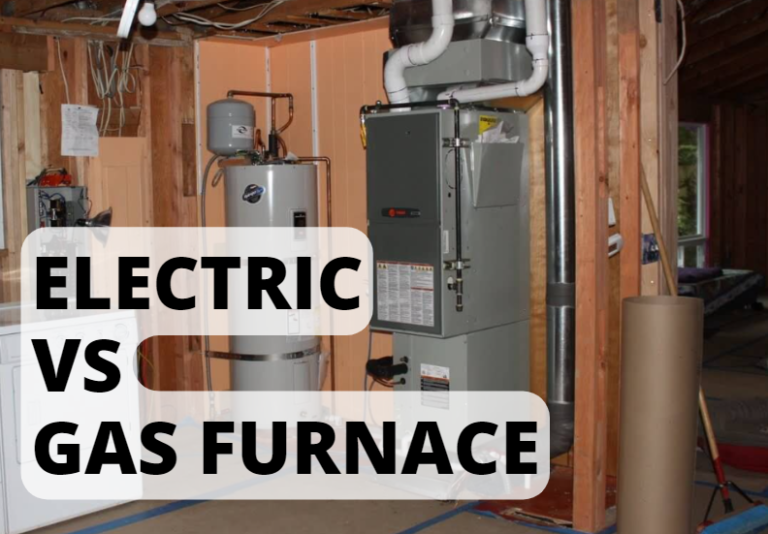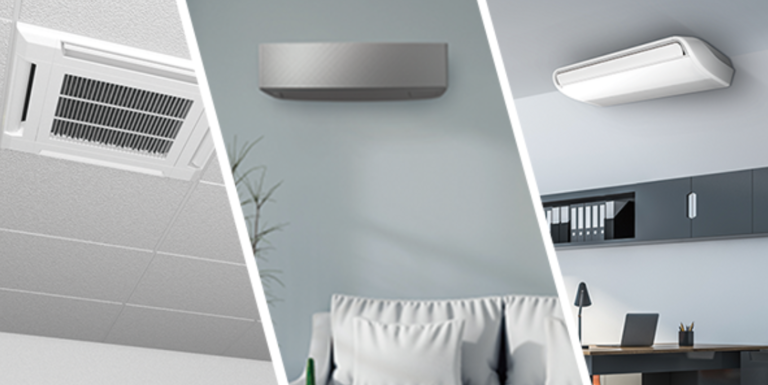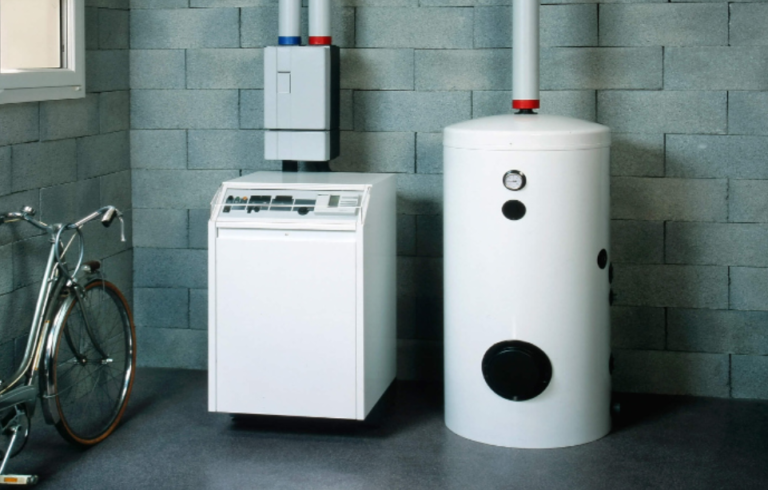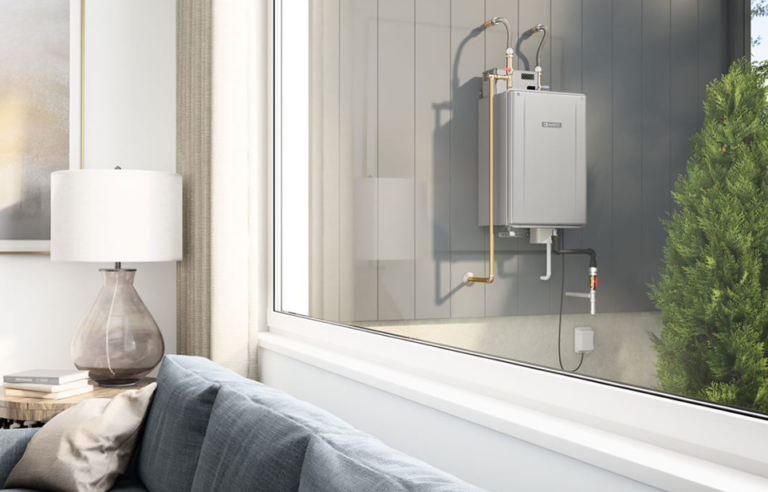AC Modes Explained: Air Conditioning Made Simple
When it comes to using an air conditioner, most people simply set it to “cool” and let it do its job. However, your air conditioner has different modes that can be used to better suit your needs. In this article, we will explain the different AC modes and how they can be used to improve your comfort.
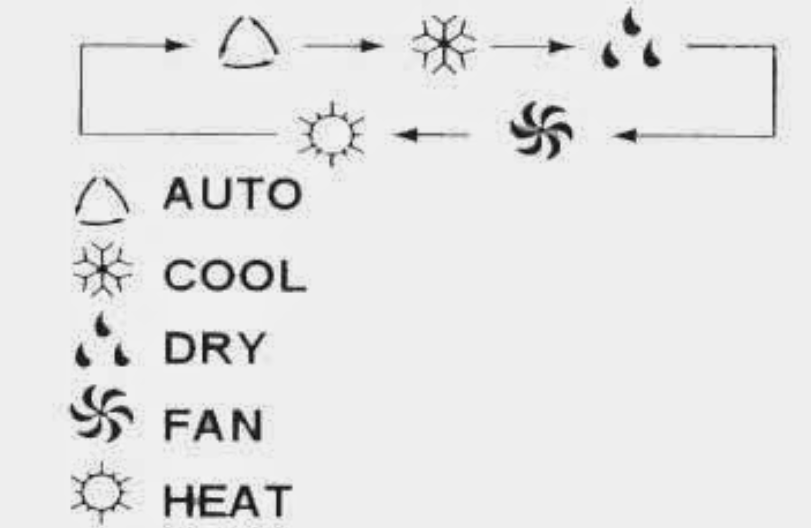
AC modes Explained: “cool”
The most basic mode on your air conditioner is the “cool” mode. This mode simply cools the air in your home to the temperature you have set on the thermostat. This is the mode you will use most often, especially during the hot summer months.
The air conditioning “cool” mode is one of the most popular settings on modern thermostats. But what exactly does it do?
The first thing the air conditioner does is to remove heat from the air inside your home. It does this by drawing in warm air from your home and passing it over a set of coils. These coils are filled with a refrigerant that absorbs heat from the air as it passes over them. The now-cool air is then blown back into your home while the refrigerant is sent to the outdoor unit where the heat is released.
The outdoor unit contains a compressor that pumps the refrigerant through a series of coils. As the refrigerant passes through these coils, it releases the heat it absorbed from your home into the outdoors.
In order for the air conditioner to work properly, there must be a good seal between the indoor and outdoor units. If there are any gaps or holes in this seal, warm air from your home can leak out and warm air from outside can leak in. This will make your air conditioner work less efficiently and could cause it to break down over time.
If you have an older model air conditioner, you may notice that it doesn’t blow as much cold air into your home as it used to. This is because the refrigerant in older models tends to leak out over time. To keep your air conditioner blowing cold air, you’ll need to have it recharged with refrigerant every few years.
AC modes Explained: “dry”
Have you ever wondered how your air conditioner’s “dry” mode works? Dry mode is a setting on some air conditioners that can help to reduce the amount of moisture in the air. This can be beneficial if you live in a humid climate, or if you want to avoid mold and mildew growth in your home.
When dry mode is selected, the air conditioner will run in a way that reduces the humidity in the air. This is done by cooling the air more slowly and at a lower temperature than the other modes. The air conditioner will also run for a longer period of time in dry mode.
The reduced temperature and extended run time work together to remove moisture from the air. As the air conditioner cools the air, the water vapor in the air condenses on the cold coils of the unit. The water drips into a pan where it is drained away.
Dry mode can make your home more comfortable by reducing the amount of humidity in the air. It can also help to prevent mold and mildew growth. If you have allergies, dry mode may also help to reduce dust mites and other allergens in the air.
To get the most benefit from dry mode, it is important to understand how it works and how to use it properly. Here are some tips:
– Use dry mode when the humidity is high. This is typically during summer months in humid climates.
– Use dry mode when you notice condensation on windows or other surfaces in your home.
– Do not use dry mode all the time as it can cause the air to become too dry. This can be uncomfortable and can lead to static electricity and other problems.
– If possible, open doors and windows while using dry mode to allow fresh air into your home.
– Check the drip pan and empty it as needed when using dry mode.
AC modes Explained: “heat”
When your air conditioner is in “heat” mode, it works just like a heater—moving warmed air from your home’s interior to the outdoors.
This process happens through a reversing valve. This valve changes the direction of refrigerant flowing through your system. In “cool” mode, refrigerant enters the compressor as a low-pressure gas. The compressor then squeezes the refrigerant, raising its pressure and temperature. Next, the hot refrigerant flows into the air conditioner’s indoor coil where heat is transferred to the cooler air inside your home. Finally, the refrigerant flows outside to the condenser where it releases its heat into the outdoor air.
But in “heat” mode, this process is reversed. Refrigerant enters the compressor as a high-pressure gas and leaves as a low-pressure liquid. It then flows into the air conditioner’s outdoor coil where heat is transferred from the warmer outdoor air to the refrigerant. From there, it goes back inside where the cycle starts all over again.
One advantage of having a heat pump is that you only need one unit for both heating and cooling. But there are some drawbacks. Heat pumps work best in moderate climates—not too hot and not too cold. They also don’t work as well when temperatures are very cold outside because they rely on warmth from the ground or air to function properly.
If you live in an area with extreme temperatures, you might be better off with a separate heating and cooling system. But if you live in a moderate climate, a heat pump could save you money on energy costs and provide efficient heating and cooling all year long.
AC modes Explained: “fan only”
An air conditioner’s fan mode just circulates the existing air in the room without changing the temperature. The benefits of using fan mode are that it can help to evenly distribute the air in a room and can also be used to ventilate a room. Additionally, using fan mode can save energy since the air conditioner doesn’t have to work as hard to cool the air.
The “fan only” mode circulates the air in your home without cooling or heating it. This can be used to help circulate fresh air throughout your home or to help dry out wet clothes.
AC modes Explained: “auto”
In short, the auto mode on your air conditioner will automatically switch between cooling, heating, and fan-only modes as needed to maintain the temperature that you have set on the thermostat.
Let’s take a closer look at how this works…
When you set your thermostat to the “auto” position, it will first check to see what the current temperature is inside your home. If the temperature is above the set point that you have selected, the air conditioner will automatically switch into cooling mode and begin blowing cool air into your home.
If the temperature inside your home falls below the set point, the air conditioner will automatically switch into heating mode and begin blowing warm air into your home.
And finally, if the temperature inside your home is already at the set point, the air conditioner will simply circulate the existing air without adding any additional heat or cooling.
One of the benefits of using the “auto” mode on your air conditioner is that it can help to save energy since it will only heat or cool your home as needed to maintain the desired temperature. Additionally, this can help to extend the life of your air conditioner since it won’t be working overtime to constantly maintain a specific temperature.
Now that you know more about the different AC modes, you can experiment with them to find the perfect setting for your needs. Just remember to set the thermostat to the temperature you want before changing modes so that your air conditioner doesn’t have to work harder than necessary.


